Various mixed pairs who proceeded into the quarter-finals shared what makes their combinations tick and why they won today.
By Aaron Wong, Badzine Correspondent live in Sydney. Photos: Badmintonphoto (live)
Next round next year
The home run thrills of 2016’s Round of 32 encounter between Gabrielle Adcock / Chris Adcock and Chae Yoo Jung / Choi Sol Gyu were transposed to Round of 16 a year on. Sydney has seen their only encounters and the English fifth seeds came up trumps in three games again, 21-14, 17-21, 21-18.
The pumped up English fifth seeds were equally contributing outright winners with several of Gabrielle’s front court interceptions popping out of nowhere to surprise both the opponent and spectators. Chris and Choi were enthusiastic to duel in the mid-court. Greater clarity and adrenalin by the Englishman ruled over precision Korean muscle memory and if these displays of inspired initiative didn’t remind the crowd that he is one of those rare visionary players with je ne sais quoi – like Zheng Siwei, Zhang Nan, and Liliyana Natsir – his wife alluded to it.
“We are quick learners and we push ourselves in every match to do better. I feel we are coming into our prime in the next four years,” said Gabrielle Adcock after the match.
All four players flick served, including to the men receiving. “I’ve been practicing my high serve. It’s worth using when you have a really good one and not everybody is using it enough,” explained Chris Adcock of this deliberate ploy.
“This Korean pair are good enough to take advantage and there were patches where we lost our concentration slightly. [Overall] we showed very good fight and resolve, I believe.”
Trading in for a younger model
Hong Kong’s Tse Ying Suet / Tang Chun Man became one of the exciting mixed pairs to watch when they put together a Sudirman Cup capper of pulling the rug from under the Chinese world #1s. Their very appealing to watch dual left-handed bid was cut very short today, as they lost 6-21, 15-21 to a brand-new Korean pairing.
Nevertheless this Hong Kong pair and indeed their region’s doubles progress should be watched keenly right now whether or not they remain good but never turn great. It is quite normal to be entertained by a different style and Tse/Tang are producing distinctive work – just as you can love the charming singing of Ed Sheeran over knowing that Luciano Pavarotti is a trained opera singer with god-iven tones. Tse/Tang have the freshness of pop music in them and needn’t be compared to be appreciated.
Kim Ha Na, who was world #1 before the Chinese, was instrumental in preventing the lateral cross-court drives and smashes that brought Tse/Tang fame at the Sudirman by altogether removing set -ups that lead to such opportunities well before they occur. Ha Na’s good eye for mixed doubles spotted the right moments to create a simple downward shuttle that changed the course of the rallies back to Korean control. As the Hong Kong pair aren’t particular fast in rotating around each other, Kim Duk Young followed up on his partner’s fine instincts to strike between his opponents with any shot that exposed that unprotected space.
“This match was easier than I expected. Ha Na played so well at the net I really only needed to produce reliable deep shots to force my opponents into difficult situations,” said Kim Duk Young. “Ha Na’s sense of our own court space allows me to move around the easily and things aren’t confusing.”
Kim Ha Na spoke of his contribution and her career: “Duk Young’s biggest strength is he is a lot younger than my previous two partners. His attack is powerful and it feels like he moves around the court more.
“I have fond memories of playing here because my first mixed Superseries title was the Australian. I’m just enjoying playing badminton at the moment and feel undecided about having long term plans in women’s doubles but coming up soon I’m trying that out with another young player in Taiwan.”
Is there more to learn?
Even in matches where they aren’t troubled, the two young Chinese pairs in the top half of the mixed doubles draw are like infants and toddlers, constantly taking in a lot from their surroundings and processing new connexions about how things work.
After beating Chiang Kai Hsin / Lu Ching Yao of Taiwan 21-10, 21-15, world #1 and teenager for one more day Chen Qingchen observed, “Every court is different. For example, courts in Indonesia last week aren’t like the Australian ones. We are learning to adjust to courts around the world and looking to incorporate this wisdom tactically.”
In her short senior career up till now, Chen’s three out of five successful mixed partnerships have titled. Of her current partner in crime – and the one that she looks to stay settled with – she said, “I think Siwei plays very well. He creates reasonable inroads for me around the court. Whenever he is looking after the front he absolutely controls the net. Beside him, I’m aware of my own mistakes and feel I want to practice more to reduce them.”
Zheng Siwei spoke of her dynamic in their duo, “Qingchen has a powerful mentality and strong spirit. She’s the more active one. It’s infectious and helps lift me. When she’s excited, I get excited.”
Similarly, Zheng has been part of many winning pairings (eight in men’s doubles and four in mixed) and his take on the matter is, “Given the choice, I’d love to keep the same partner all the time. Changing combinations means I can’t employ the same tactics that I know already work and effective communication is affected in starting over.”
Mutual admiration society
Technically it was an upset when world #23 Huang Dongping / Wang Yilyu defeated the highest ranked Japanese world #14 Ayane Kurihara and Kenta Kazuno, 21-10, 23-21. The Chinese haven’t ever ranked as high together or individually as the Japanese but the former have five Grand Prix Gold mixed titles between them to their names compared to none at all by the latter.
Wang Yilyu laughed and lavished praise on his partner: “She did an excellent job today. She is the reason we won. We studied the opponents and our coach tells us the different tactics they use. There was much preparation beforehand.”
Huang Dongping interjected, “He’s the brilliant one. He’s very brilliant.”
Speaking about their process that underpins the strong understanding between them on court, Wang continued, “We can gain more experience by looking for patterns within our games since we have so many competitions and [relatively] little time to practice. This what we’ve been learning. If we lose, we ask why. If we win, we ask why.”
On the nature of doubles he mused, “Seriously, it actually depends. If you like your partner and together keep achieving something then there’s no real need to change. It takes some time to grow and know what your partner is thinking. Once that happens, it is not good to swap often.”
Click here for all Thursday results
![AUSTRALIAN OPEN 2017 R16 – Finding the right mix Various mixed pairs who proceeded into the quarter-finals shared what makes their combinations tick and why they won today. By Aaron Wong, Badzine Correspondent live in Sydney. Photos: Badmintonphoto (live) […]](http://www.badzine.net/wp-content/uploads/ngg_featured/20170622_1502_AustraliaOpen2017_BPRS9512_rotator.jpg)
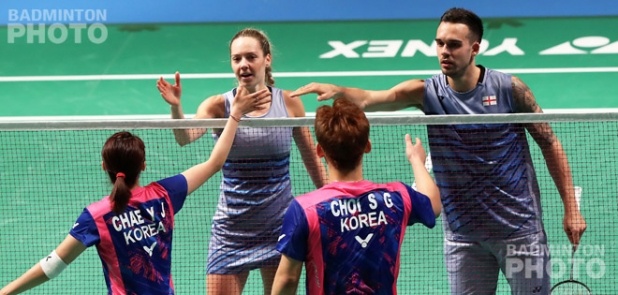
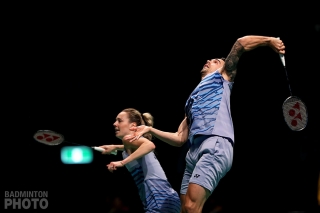
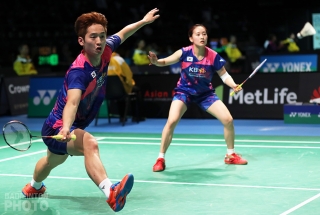
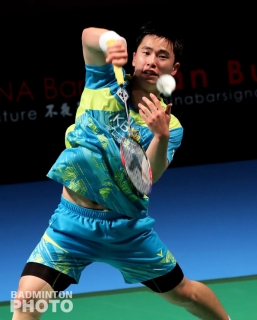
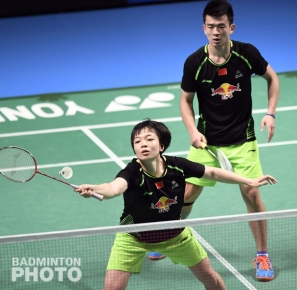


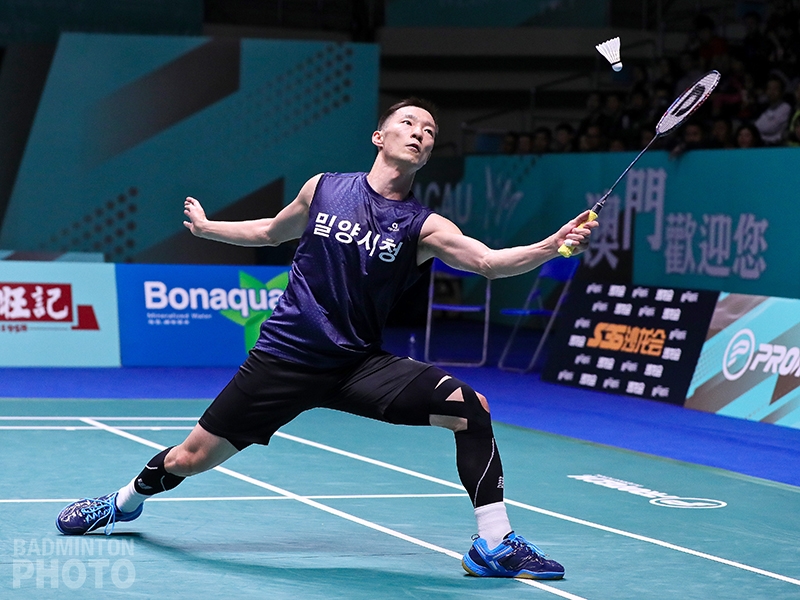
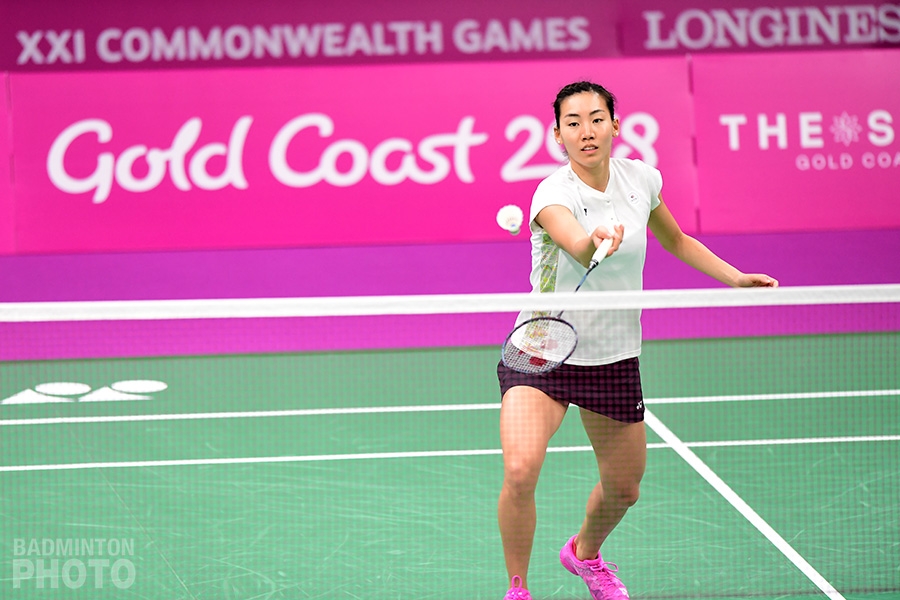

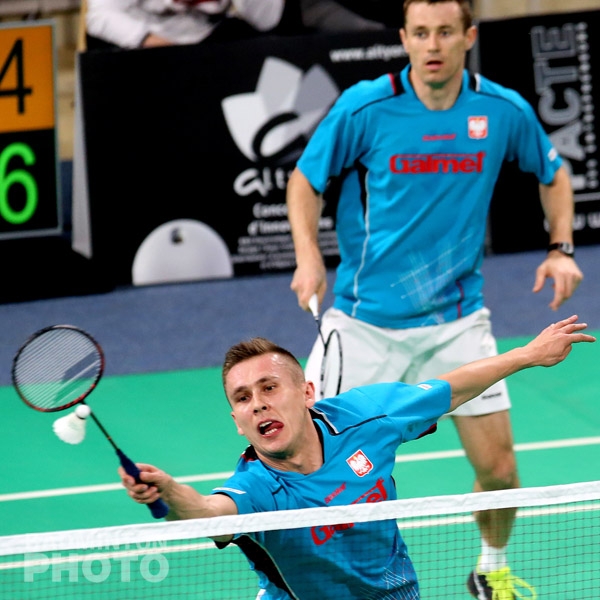
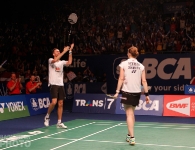
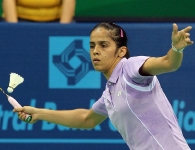
Leave a Reply